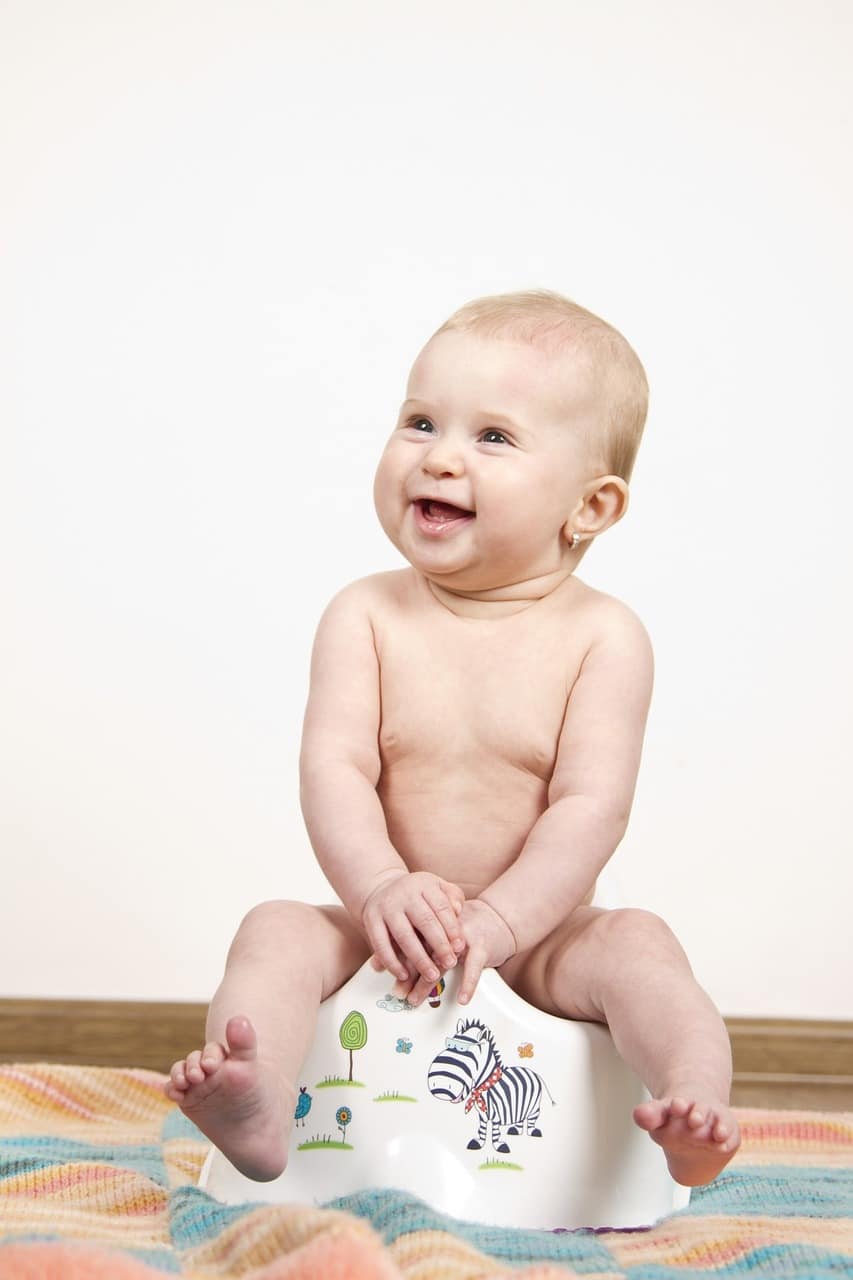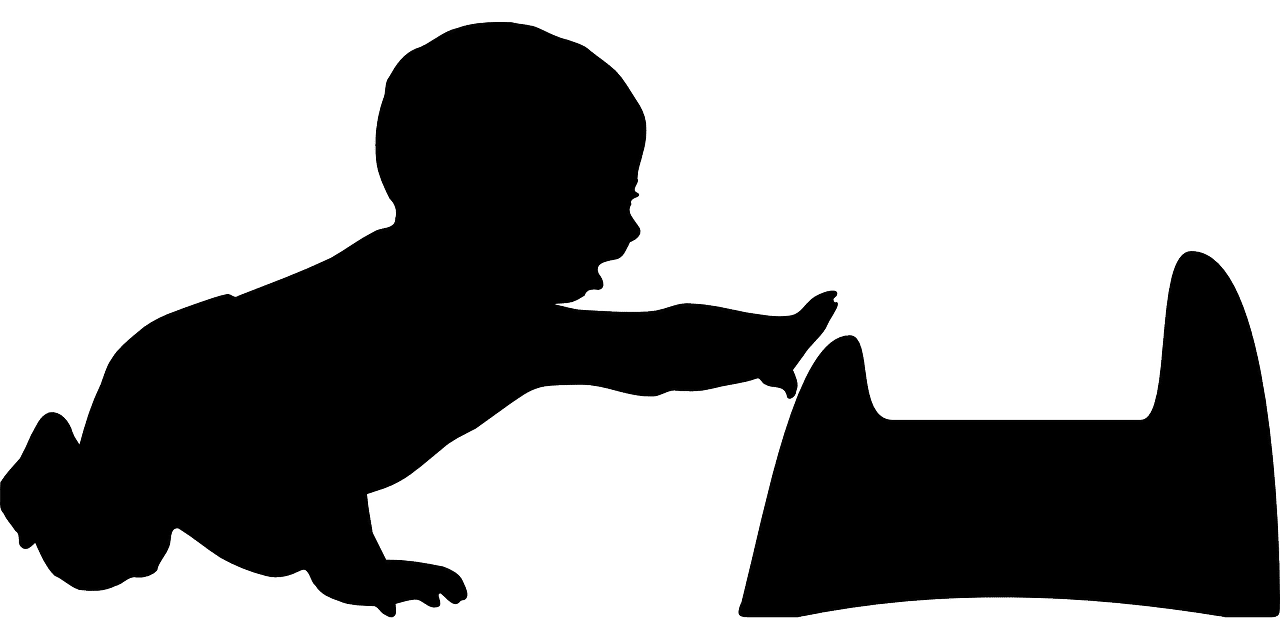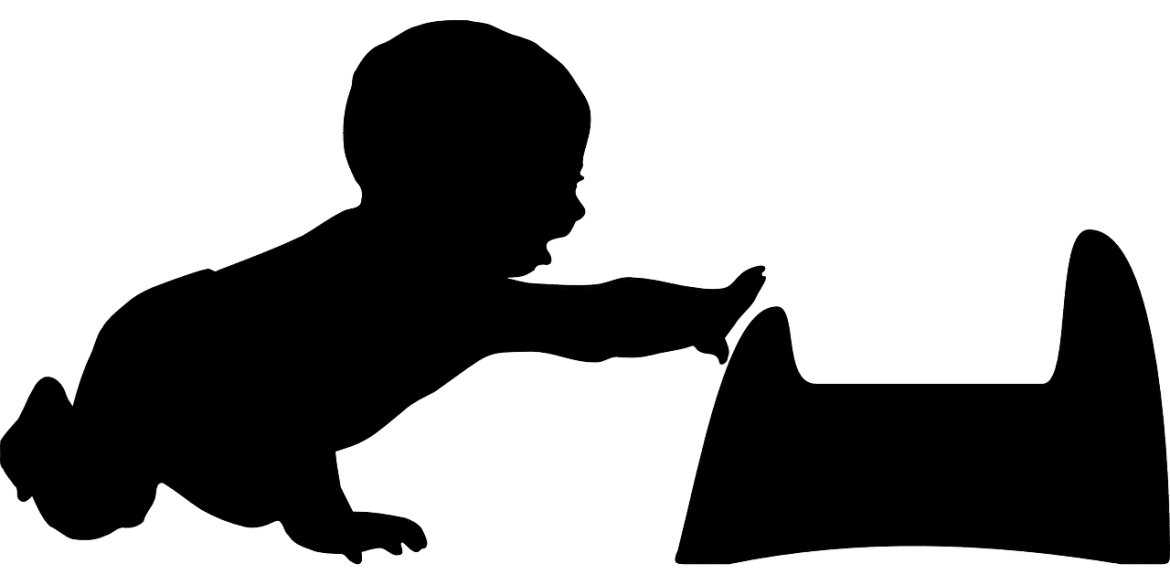Living in an apartment with a new puppy can be challenging, especially when it comes to potty training. However, with the right approach and consistent effort, you can successfully teach your furry friend to use puppy pads. In this article, we will guide you through the process of potty training a puppy in an apartment, providing you with useful tips and strategies to ensure a successful and hassle-free experience. Say goodbye to those messy accidents and hello to a clean and well-trained pup!
Choose the Right Indoor Potty Option
When it comes to potty training your puppy indoors, there are several options to consider. The choice you make will depend on your puppy's needs and your personal preferences. Here are some popular indoor potty options to consider:
Puppy pads
Puppy pads are absorbent pads that are specifically designed to be used as a potty area for your puppy. They are convenient and easy to use, making them a popular choice among pet owners. Puppy pads are available in various sizes and styles, so you can choose the one that best suits your needs and the size of your puppy.
Artificial grass patches
If you want a more natural alternative to puppy pads, artificial grass patches can be a great option. These patches mimic the feel and look of real grass, providing your puppy with a more realistic potty experience. They are also easy to clean and maintain, making them a practical choice for apartment living.
Litter box
Yes, litter boxes are not just for cats. They can also be used to potty train your puppy indoors. Litter boxes are especially popular for small dog breeds or puppies that have a preference for digging. Just make sure to choose a litter that is safe for your puppy to use.
Indoor potty systems
If you're looking for a more comprehensive and permanent solution, indoor potty systems may be worth considering. These systems typically consist of a tray or grate that holds the potty material, such as puppy pads or artificial grass, and a urine collection system to keep the area clean and odor-free. Indoor potty systems are especially beneficial for pet owners who don't have easy access to outdoor areas.
Prepare the Space
Before introducing your puppy to their designated potty area, it's important to prepare the space properly. Here are some steps to follow:
Designate a confined area
Choose a specific area in your living space that will serve as your puppy's potty area. It's best to select a small and easily accessible area that can be easily blocked off or confined to prevent accidents in other parts of your home.
Remove any hazards
Before bringing your puppy into the designated potty area, make sure to remove any potential hazards or items that your puppy could chew on or ingest. This includes electrical cords, toxic plants, or valuable objects that could be easily destroyed.
Set up the indoor potty
Once you have designated the area, set up the indoor potty according to the option you have chosen. If you're using puppy pads or artificial grass patches, place them in the designated area. If you're using an indoor potty system, make sure to assemble it correctly.
Create a comfortable and inviting space
Potty training can be stressful for puppies, so it's important to create a comfortable and inviting space in their designated potty area. Place some cozy bedding or blankets nearby, along with their favorite toys or treats. This will help your puppy associate the potty area with positive experiences.

This image is property of pixabay.com.
Establish a Routine
Consistency is key when it comes to potty training your puppy. Establishing a routine will not only make it easier for your puppy to understand when and where they should potty, but it will also help you stay organized. Here's how to establish a potty training routine:
Stick to a consistent schedule
Set specific times throughout the day when you will take your puppy to their designated potty area. This could be first thing in the morning, after meals, or before bed. Stick to this schedule as closely as possible, as it will help regulate your puppy's bathroom habits.
Take regular potty breaks
In addition to sticking to a schedule, you should also take your puppy to their designated potty area for regular potty breaks throughout the day. This will prevent accidents and provide your puppy with more opportunities to reinforce good potty habits.
Use verbal cues
Using verbal cues, such as "go potty" or "do your business," can help your puppy understand what is expected of them in their designated potty area. Repeat the cue consistently while your puppy is eliminating, and eventually, they will associate the cue with the action.
Reward successful potty trips
Every time your puppy successfully uses their designated potty area, be sure to praise and reward them. This can be done with treats, verbal praise, or even a favorite toy. Positive reinforcement will reinforce good potty habits and motivate your puppy to continue using the designated area.
Introduce the Puppy to the Potty Area
Once you have set up the designated potty area and established a routine, it's time to introduce your puppy to their new potty spot. Here's how to do it:
Monitor the puppy closely
Keep a close eye on your puppy, especially during the early stages of potty training. Watch for signs that they need to potty, such as sniffing the floor or circling. This will allow you to intervene promptly and take them to their designated potty area.
Take the puppy to the designated area
When you notice your puppy showing signs that they need to potty, gently pick them up and take them to their designated potty area. If you're using puppy pads or artificial grass patches, gently guide their paws onto the pad or grass to help them understand where they should eliminate.
Use positive reinforcement
While your puppy is eliminating in their designated potty area, use verbal cues and provide praise and rewards. This will create positive associations with going potty in the correct spot and reinforce the behavior you want.
Be patient and consistent
Potty training takes time and patience. It's important to be consistent with your routine and expectations for your puppy. Remember, accidents will happen, and it's important not to get frustrated or punish your puppy. Instead, stay calm, clean up any accidents promptly, and continue to reinforce good potty habits.

This image is property of pixabay.com.
Manage Accidents
Accidents are a normal part of the potty training process, especially during the early stages. Here's how to effectively manage accidents:
React calmly
When accidents happen, it's important to stay calm and avoid any negative reactions. Getting angry or scolding your puppy will only confuse and stress them out. Instead, simply clean up the accident and move on.
Clean accidents promptly
Cleaning up accidents promptly and thoroughly is crucial to prevent your puppy from returning to the same spot. Use a pet-friendly, enzyme-based cleaner to eliminate any odors and stains. This will help discourage your puppy from re-soiling the same area.
Use enzyme-based cleaners
Enzyme-based cleaners are specifically designed to break down the organic matter in pet urine and feces, effectively eliminating the odor. Avoid using cleaners that contain ammonia, as it can actually attract your puppy to the area and encourage them to potty there again.
Avoid punishment
Never punish your puppy for accidents. Punishment will only create fear and anxiety, making the potty training process more difficult. Instead, focus on reinforcing good potty habits and providing positive encouragement.
Gradually Decrease the Use of Potty Pads
As your puppy becomes more reliable in using their designated potty area indoors, you can start transitioning them to pottying outdoors. Here's how to do it:
Start transitioning to outdoor pottying
Introduce your puppy to outdoor potty spaces gradually. Take them to a designated outdoor area whenever possible, especially after meals and naps. This will help them associate outdoor spaces with pottying.
Reduce the size of the indoor potty area
As your puppy becomes more reliable with pottying outdoors, you can gradually reduce the size of the indoor potty area. This will help encourage your puppy to hold their bladder and wait until they are taken outside.
Limit the use of pads to specific times
Once your puppy is consistently pottying outdoors, limit the use of potty pads to specific times, such as when you're away from home or during inclement weather. This will help your puppy understand that outdoor pottying is preferred.
Troubleshooting Common Challenges
Potty training can sometimes come with its fair share of challenges. Here's how to troubleshoot some common issues:
Resistance to using the pad
If your puppy is resistant to using the potty pad, try using positive reinforcement and reward them when they use it correctly. Additionally, make sure the pad is easily accessible and in a location that your puppy feels comfortable in.
Inconsistent or frequent accidents
If your puppy is having frequent accidents or is inconsistent in using their designated potty area, review your routine and schedule. Make sure you are taking your puppy to their potty area frequently enough and consider adjusting the schedule as needed.
Chewing or tearing up the pads
Some puppies may be prone to chewing or tearing up the potty pads. If this is the case with your puppy, try using a different type of pad that is more durable or consider using an alternative indoor potty option, such as artificial grass patches or a litter box.
Difficulty transitioning to outdoor pottying
If your puppy is having difficulty transitioning to outdoor pottying, be patient and consistent. Continue taking them to the designated outdoor potty area regularly and use positive reinforcement when they eliminate outside. Over time, your puppy will learn to associate outdoor pottying with positive experiences.
Making the Transition to Outdoor Pottying
Ultimately, the goal of potty training is to teach your puppy to potty outside on a consistent basis. Here's how to make the transition:
Gradually introduce outdoor potty spaces
Introduce your puppy to different outdoor potty spaces gradually. This will help them become comfortable with various surfaces and environments. Consider exposing them to grass, concrete, and other outdoor surfaces.
Take the puppy outside frequently
During the transition phase, take your puppy outside for potty breaks more frequently. This will give them more opportunities to associate outdoor spaces with pottying. Gradually decrease the frequency as your puppy becomes more reliable.
Use consistent verbal cues
Continue using the same verbal cues you used during indoor potty training when your puppy eliminates outside. This will help them understand what is expected of them and reinforce the behavior you want.
Reward successful outdoor potty trips
As with indoor potty training, be sure to praise and reward your puppy every time they successfully potty outside. This positive reinforcement will solidify the behavior you want and motivate your puppy to continue eliminating in the appropriate place.
Keep Up with Regular Training
Even after your puppy has mastered potty training, it's important to continue reinforcing good potty habits and maintaining a consistent schedule. Here are some tips to keep up with regular training:
Continue reinforcing good potty habits
Continue to praise and reward your puppy for using the designated potty area, even after they have mastered potty training. This will help reinforce the behavior and keep them motivated.
Maintain a consistent schedule
Stick to a consistent schedule for potty breaks, even as your puppy gets older. Consistency will help prevent accidents and reinforce good potty habits.
Provide ample opportunities for outdoor pottying
Ensure that your puppy has plenty of opportunities to potty outside throughout the day. Regular outdoor potty breaks will help prevent accidents and keep your puppy's elimination routine consistent.
Address any regression or challenges promptly
If your puppy starts having accidents or shows signs of regression, address the issue promptly. Review your routine and schedule, and make any necessary adjustments to get back on track. If needed, consult a professional dog trainer or veterinarian for guidance.
Seek Professional Help if Needed
If you're facing challenges or struggling with potty training your puppy, don't hesitate to seek professional help. Here are some options to consider:
Consider a professional dog trainer
A professional dog trainer can provide guidance and support throughout the potty training process. They can assess your puppy's specific needs and tailor a training plan to suit their personality and learning style.
Consult a veterinarian or animal behaviorist
If you're dealing with specific challenges or behavioral issues related to potty training, consulting a veterinarian or animal behaviorist can be helpful. They can provide valuable insights and recommendations based on their expertise.
Get guidance for specific challenges
If you're facing specific challenges, such as fear or anxiety related to pottying, it's important to seek guidance from professionals who specialize in those areas. They can help you address these challenges and find solutions that work for you and your puppy.
Don't hesitate to ask for assistance
Remember, potty training is a process that requires time and patience. If you're feeling overwhelmed or unsure, asking for assistance is a sign of responsible pet ownership. Reach out to professionals, friends, or fellow pet owners for support and advice.
Potty training a puppy on pads successfully can be a rewarding experience. By choosing the right indoor potty option, preparing the space properly, establishing a routine, and providing consistent training and reinforcement, you can set your puppy up for potty training success. Remember to be patient, stay positive, and seek assistance if needed. With time and effort, you and your puppy will soon have a successful potty training journey.


